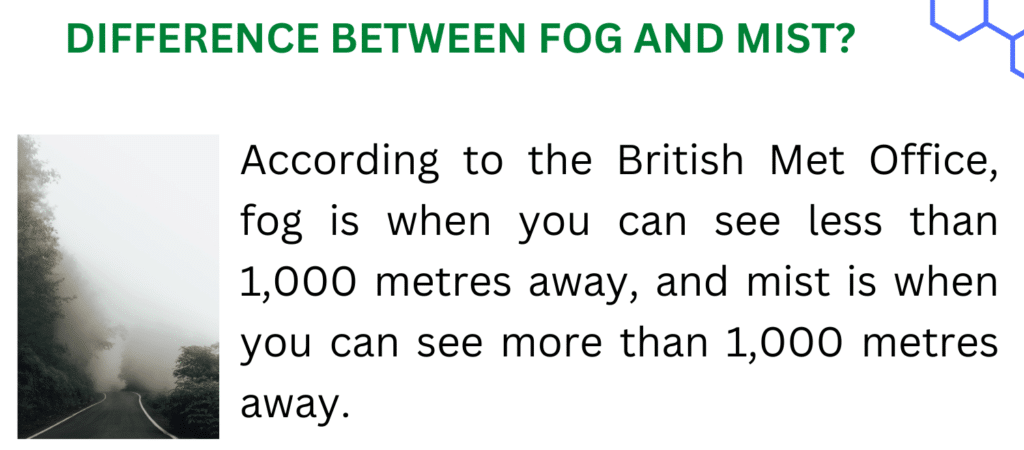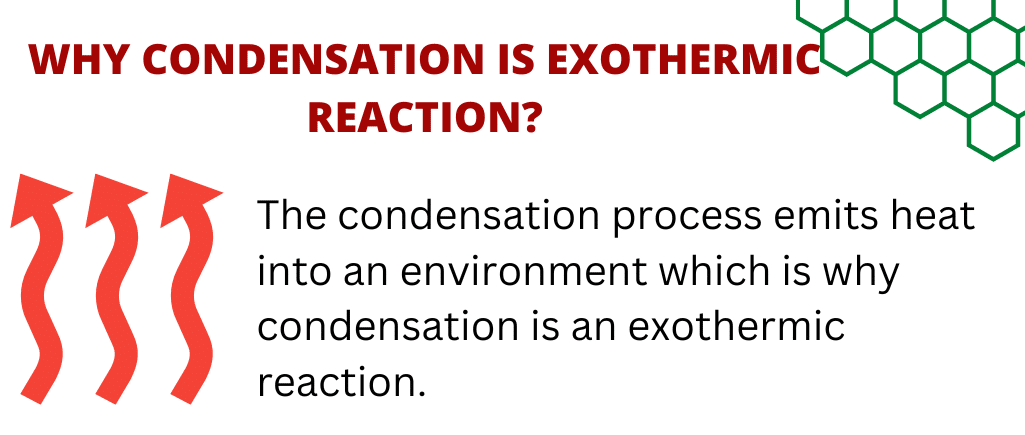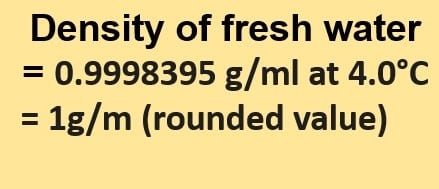Fog or mist refers to water vapour that condenses near the earth’s surface. The only difference between fog and mist is the degree to which vision is obscured. According to the British Met Office, fog is when you can see less than 1,000 metres away, and mist is when you can see more than 1,000 metres away.
In addition, the mist is much thinner and less dense than fog. Both are made up of clouds of condensed water vapour.

Table of Contents
What is Fog and How is it Formed?
Fog forms when water vapour, or water in its gaseous state, condenses. During condensation, molecules of water vapour combine to form tiny liquid water droplets that float in the air. These small water droplets cause fog. Water vapour, a gas, is invisible. When it is highly humid, fog forms.
Simply put, during the winter, the temperature drops and the air becomes cold. The air containing water vapour begins to condense on the dust particles and form droplets in the atmosphere, resulting in the formation of fog.

What Is Mist?
Mist is made up of tiny droplets of water suspended in the air. When warmer water in the air is rapidly cooled, it transforms from an invisible gas to tiny visible water droplets.
More Links
- BCl3 Lewis Structure in four simple steps - November 1, 2023
- PH3 Lewis Structure in four simple steps - October 8, 2023
- PF3 Lewis structure in four simple steps - September 24, 2023



